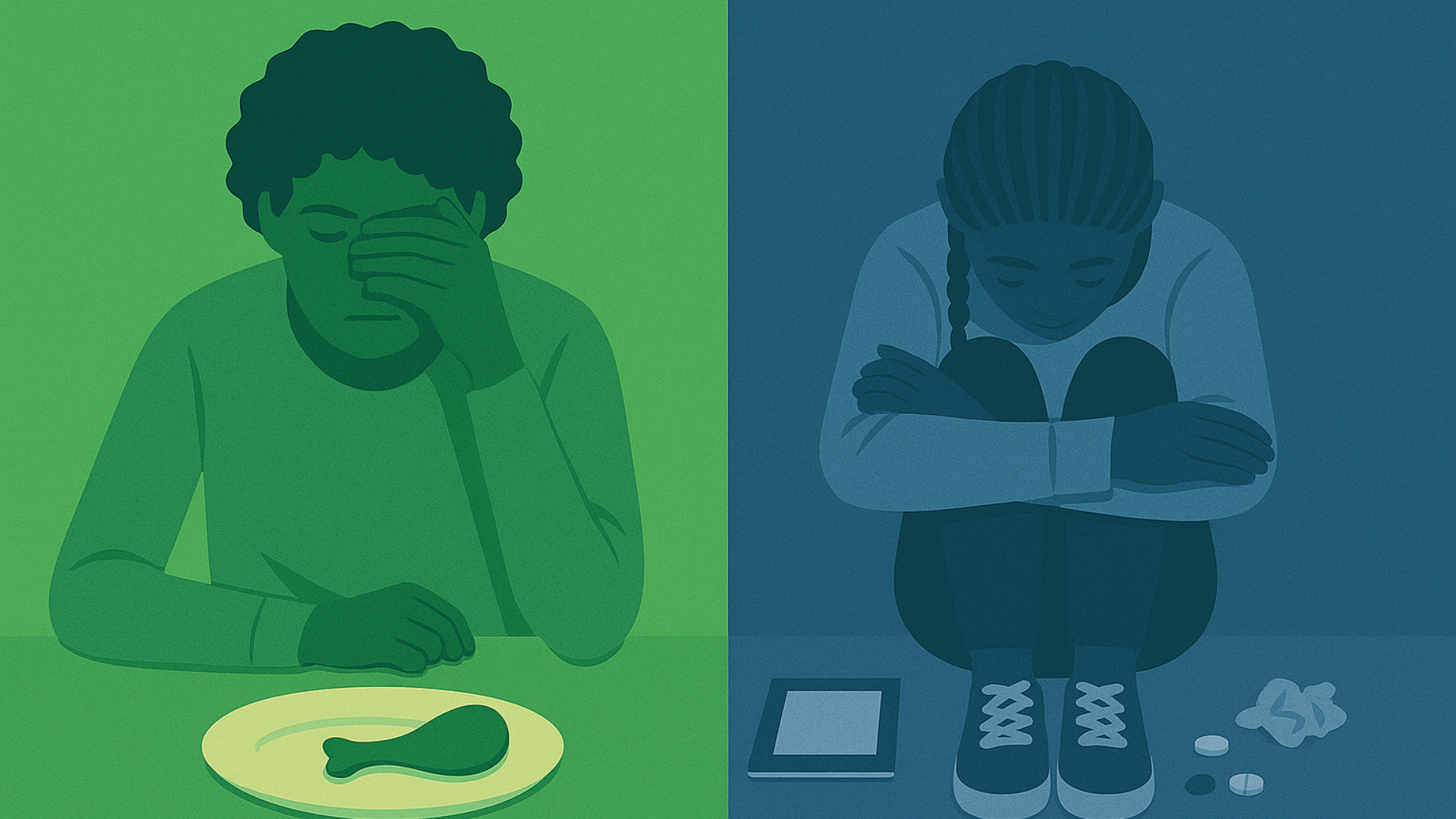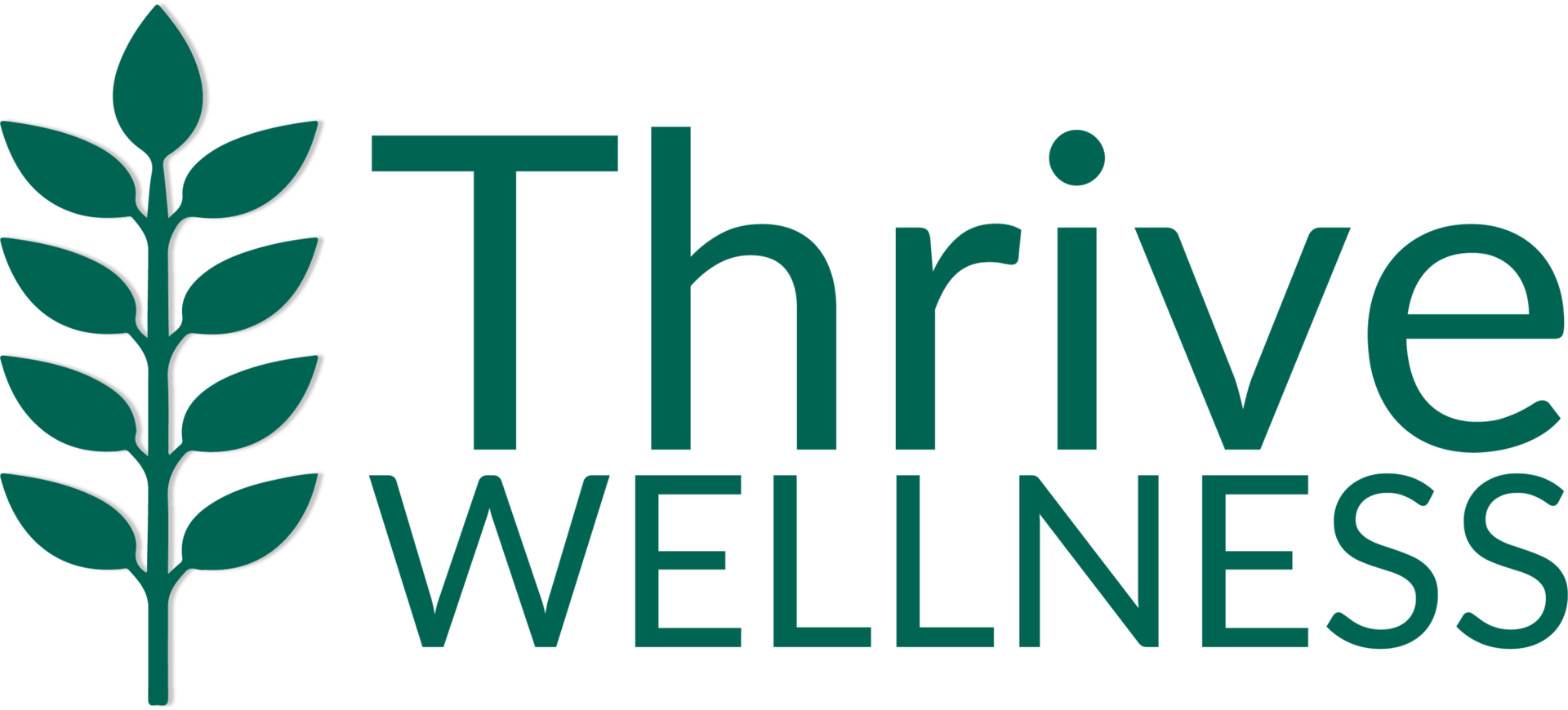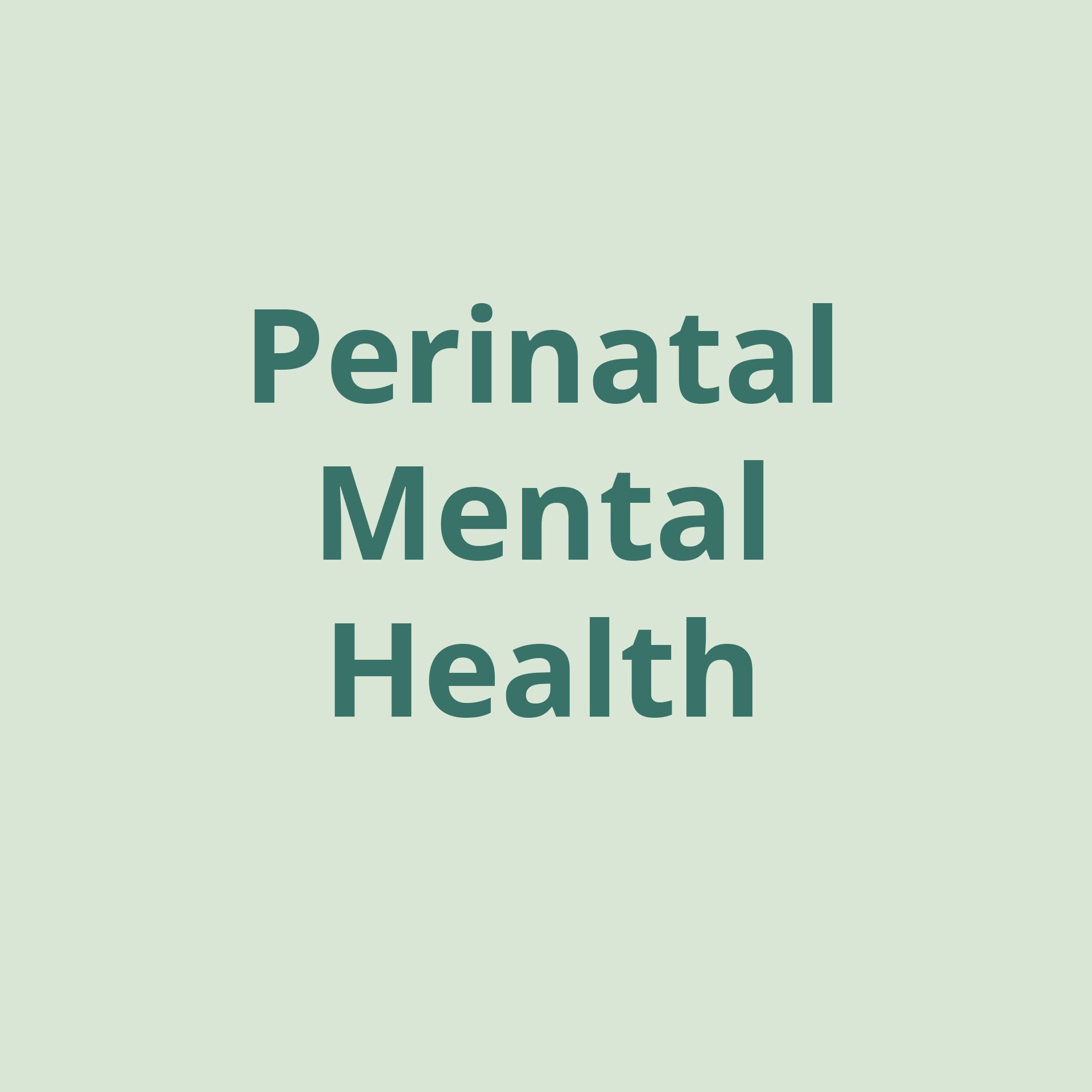You’re Uninvited: The Family’s Role in OCD Treatment.
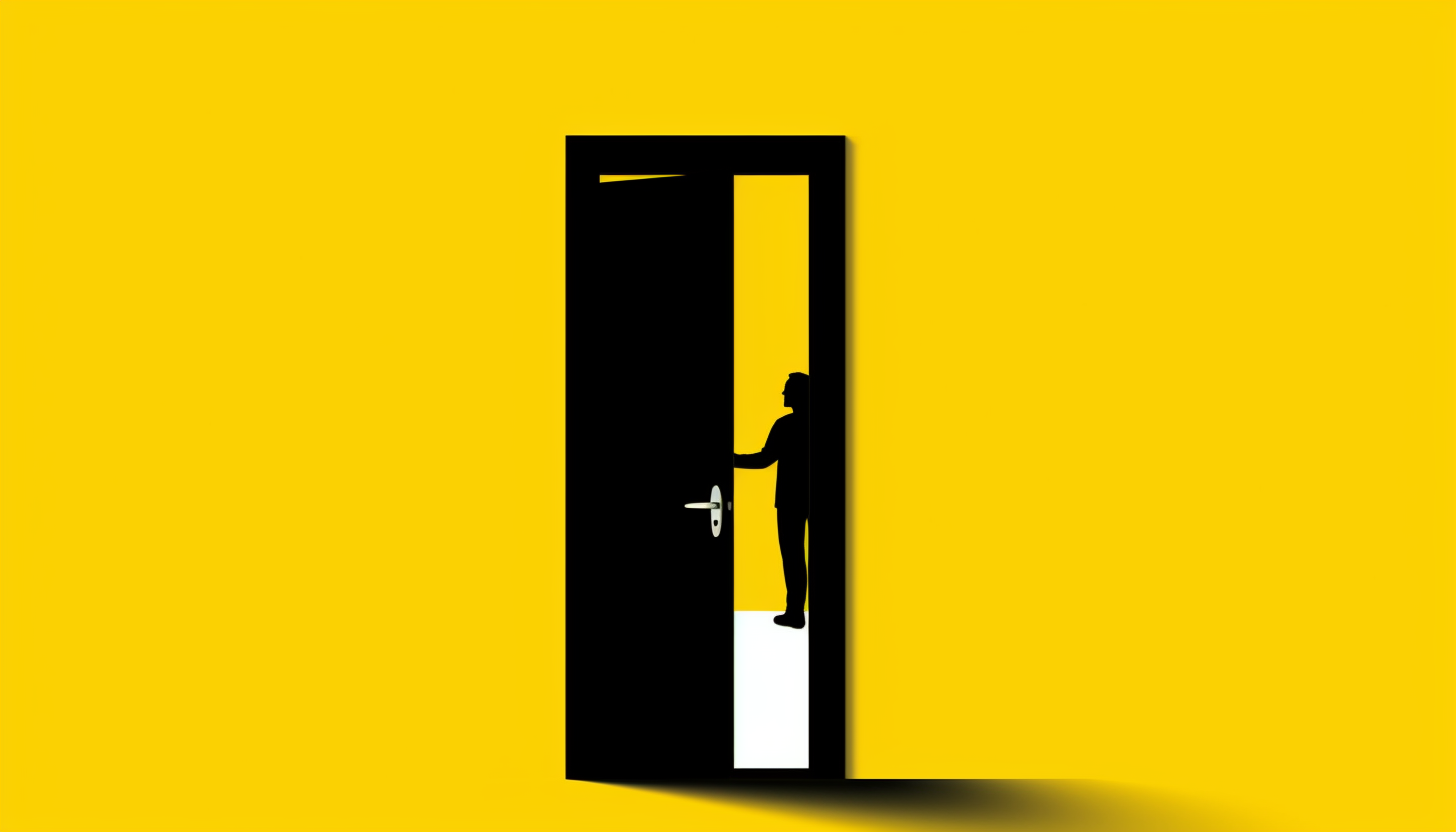
The knock, knock, knock on my front door was loud and startling. It was followed by a quick ringing of the doorbell and a cacophony of other noises- my son yelling “MOM!! DOOR,” the dogs barking- their nails click- clacking on the wooden floor as they quickly scrambled and slipped toward the front door. I arrived at the front door frazzled and disheveled- not expecting anyone to visit- especially at dinner time. As I open the front door, I see him- unannounced and ready to eat- Uncle Oscar Calvin Diablo (OCD). I immediately invite him in- his dirty boots tracking mud all over my freshly cleaned floors, his booming voice echoing through the floors and ceilings of my great room. I try to gently redirect- “It’s so nice to see you Uncle Oscar, I would love to visit for awhile, but we didn’t prepare enough dinner.” “Oh, that’s no problem,” he retorts, “I won’t eat much.” Rather than continue to push back, I give in to his demands and host this uninvited dinner guest. Throughout the rest of the evening, his presence causes us to restructure all of our family’s plans. Homework isn’t done, dishes aren’t cleaned, and the movie we planned to watch as a family will just have to wait.
We’ve all experienced what it’s like to have an “Uncle Oscar ” or another uninvited guest come into our homes unannounced and make themselves comfortable all the while, making us quite UN-comfortable. Depending on our personalities, family dynamics, energy stores, and timing- we all have different responses to this type of scenario.
This is what it’s like for families who have children that are battling severe anxiety and obsessive compulsive disorder (OCD). OCD forces its way through our front doors uninvited, and changes our plans- ruins dinners, movies, homework, and social activities. Parents, caregivers, and siblings often feel powerless to “uninvite” OCD from their family’s life- making special accommodations for it to be present in their homes and rule the roost in terms of family plans.
So- how do you kick OCD out of your family’s (and your child’s) life? Here are some helpful tips:
1. Separate your child from the OCD/Anxiety monster-
a. Encourage your child or teen to draw a picture of what OCD looks like. Is it a monster? Does it look human? What does OCD care about most? Does it have core values? How does it assert itself? Next, have your child draw a picture of themselves next to the OCD- are they fighting it, hiding from it, etc. What are their core values? Does OCD let them live by their own values? Or take over them like a bully?
b. Ask your child to give their OCD/Anxiety monster a name. One client named her OCD “Odd Creepy Disaster”, another named hers “Opal.” This helps to further separate the OCD from the person suffering.
c. Have an agreed upon plan with your child for how you, as the parent/caregiver/sibling will respond to OCD before you are faced with a situation where you must do so.
d. If your child is asking you to participate in a compulsion or a ritual by seeking reassurance from you, asking you to do something in a particular way, or asking you to help them avoid a distressing situation, refuse to do so. Help them remember that you are on their side, not OCD’s side. “I love you, and your OCD is terrorizing you. We don’t negotiate with the terrors of OCD.” or “I want to talk with you, not OCD.” or “You are asking me to accommodate OCD, and I won’t do that.”
e. Do NOT avoid distressing situations so as to not “upset” your child. This is accommodating OCD. It is ok for your child to feel fear, anger, frustration, and agitation in response to your unwillingness to accommodate. It is expected that your child will have a strong emotional/behavioral response to this boundary. Stand strong against the OCD, even when it’s scary for you, too.
2. Seek professional help from a therapist and psychiatrist trained specifically in OCD treatment for your child.
OCD is HIGHLY treatable. In fact, when the appropriate type and intensity of treatment is utilized, remission occurs in 70% of children and adolescents. The only evidenced based therapy for OCD is a specific type of Cognitive Behavior Therapy (CBT) called “Exposure and Response Prevention” (ERP). ERP requires specialized training and practice. It involves gradual exposure to feared situations and scenarios that have been the focus of OCD while blocking any and all compulsions (behaviors or rituals that a person does to relieve distress). During these exposures, the client imagines the feared outcome. Over time, the brain learns that the feared outcome does not come true, and that the compulsions were not the things keeping the feared outcome at bay. Not just any type of CBT is effective in the treatment of OCD – in fact – some types of CBT can have the opposite effect. “Cognitive therapy” techniques and “thought-stopping,” can even worsen the condition. With an emphasis on reframing or blocking thoughts, cognitive based interventions often become new mental rituals and intensify struggles with compulsions. Approaches like Psychodynamic/Psychoanalytic therapy, and Interpersonal Psychotherapy may also be ineffective or even harmful to individuals with OCD. Working with a treatment team that is trained specifically in ERP is critical for effective OCD treatment. Treating a person struggling with OCD in a general mental health program can actually hinder their progress toward recovery.
3. But we tried that already!!
If you have already pursued treatment for your child with OCD or a related disorder, but they have not yet achieved remission, remember: The strength of treatment MUST be greater than the strength of the OCD. In OCD and related disorders, the efficacy of treatment is highly dose dependent. Assess the following:
a. Was my child receiving ERP?
b. What frequency was my child receiving ERP? (how many days per week)
c. What was the intensity of treatment? How much time each day was my child receiving ERP? (how many trials of exposures each day and for how long did each trial last?)
d. What was the duration of the ERP treatment? How many weeks in a row did the child receive ERP? (consistency is key)
e. Did you stop any and all home accommodations that were made for OCD?
f. Does my child need to consider medication management as an adjunct to ERP?
YOU as a caregiver are the most important member of your child’s treatment team. The speed, accuracy, and consistency to which a parent supports OCD treatment is the most important part of a child/adolescent’s recovery process. Remember, it is largely up to you to kick “Uncle Oscar” out of the house and enjoy a peaceful life at home without him.
About the Author Founder of Thrive Wellness Kat Geiger, LCSW, CEDS, PMH-C
Kat Geiger, LCSW, CEDS, PMHC, is the founder and CEO of Thrive Wellness — a multidisciplinary team-based clinic specializing in treating perinatal mood and anxiety disorders, eating disorders, obsessive-compulsive disorders, and overall mental, behavioral, and physical health. Kat earned her master’s degree in social work from the University of California, Berkeley, and has twenty years of experience in mental health care. She has served as a mental health tech, therapist, clinical director, executive director, and CEO throughout her career. Her expertise includes treating eating disorders, perinatal mood and anxiety disorders, and obsessive-compulsive disorders, as well as emergency psychiatric intervention and pediatric psychiatric intervention. She has been awarded the 20 under 40 award in Reno, NV. and several other leadership awards throughout her career.
The post You’re Uninvited: The Family’s Role in OCD Treatment. first appeared on Thrive Wellness.
